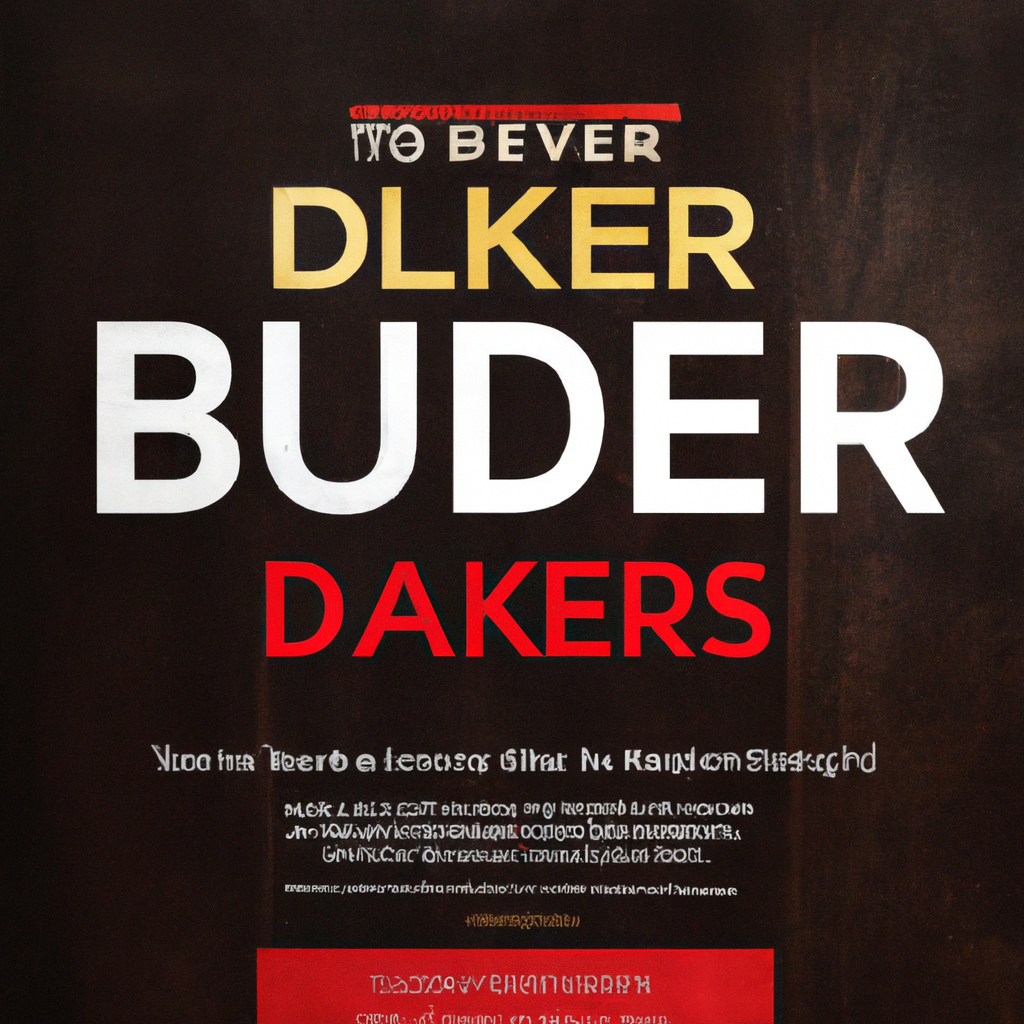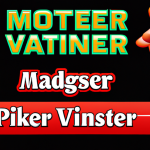The Ultimate Guide to Poker Bluffing: Mastering Deception at the Table
Introduction: The Art of Bluffing in Poker
Bluffing is one of the most thrilling and strategic aspects of poker. Whether you’re playing Texas Hold’em, Omaha, or Seven-Card Stud, knowing how to bluff in poker separates amateur players from seasoned sharks. This guide to poker bluffing will walk you through the essentials of deception at the table, from understanding the psychology behind bluffs to identifying the best moments to execute them. By mastering these techniques, you’ll be able to manipulate your opponents’ decisions and maximize your potential winnings.
What is Bluffing in Poker?
Bluffing is the act of betting or raising with a weak or marginal hand to persuade your opponents to fold stronger hands. This core concept is an essential element of advanced poker strategy and is used in both live and online poker games. The purpose of bluffing is to create doubt and uncertainty, forcing your opponents into making costly mistakes.
- Semi-Bluff: Betting with a drawing hand that could improve to the best hand on future streets.
- Pure Bluff: Betting with a weak hand that has little to no chance of improving, relying solely on fold equity.
- Continuation Bet (C-Bet): Following up a pre-flop raise with a post-flop bet, often used as a bluff.
When Should You Bluff in Poker?
Timing is crucial in executing successful bluffs. Here are some situations where bluffing can be highly effective:
- Against Tight Players: Players who only play strong hands are more likely to fold to aggressive bets.
- On Scary Boards: Boards with potential straights or flushes can intimidate opponents into folding marginal hands.
- When in Position: Acting last gives you more information and greater control over the pot.
- Heads-Up Pots: Bluffing is more effective when fewer opponents are in the hand, reducing the chances someone has a strong holding.
Poker Bluffing Psychology: Reading Opponents and Table Image
Understanding your opponents’ tendencies and how they perceive your play is vital. Factors such as table image, betting patterns, and previous showdowns contribute to your ability to bluff successfully. A tight image allows you to get away with more bluffs, while a loose image can invite more calls. Pay attention to these psychological cues:
- Observe Reaction: Notice how opponents react to aggressive bets and adjust your bluffing frequency accordingly.
- Bet Sizing: Your bet size should tell a convincing story. Small bluffs might be ignored, while oversized bets can raise suspicion.
- History: If you’ve been caught bluffing recently, opponents may be more inclined to call your future bets.
Types of Bluffs and Advanced Bluffing Tactics
There are several types of bluffs and advanced tactics you can use to outsmart your opponents:
- Stone-Cold Bluff: Risky, but can be rewarding when executed at the right moment. This involves representing a strong hand when you have nothing.
- Semi-Bluff: Betting or raising with a draw that gives you outs if called. This can add value even if your bluff is called.
- Blocker Bet: A small bet to prevent opponents from making larger bets, often used on the river to control the pot size.
- Reverse Bluff: Deliberately acting weak when you hold a strong hand, luring opponents into betting or calling.
Bluffing in Online Poker vs Live Poker
The dynamics of bluffing differ between online and live poker. In online games, you lack the ability to read physical tells, so you must rely on betting patterns, timing, and tendencies. Conversely, in live poker, you can use body language, facial expressions, and verbal cues to your advantage. Both formats require strong bluffing skills and adaptiveness.
Common Mistakes to Avoid When Bluffing
Even experienced players can fall into common bluffing traps. Avoid these mistakes to maintain your edge:
- Over-Bluffing: Bluffing too frequently makes you predictable and easily exploitable.
- Bluffing Calling Stations: Some players never fold, regardless of your story. Save your bluffs for those who can actually fold.
- Ignoring Bet Sizing: Inconsistent bet sizes can give away your intentions and undermine your bluff.
- Failing to Adapt: Always adjust your bluffing strategy based on the current table dynamics and opponents.
Expert Tips for Bluffing Success
Mastering the art of bluffing takes practice, observation, and the willingness to take calculated risks. Here are some quick tips to elevate your bluffing game:
- Know Your Opponents: Study their habits and adjust your bluffs accordingly.
- Pick Your Spots: Don’t bluff for the sake of bluffing. Wait for opportune moments where your story makes sense.
- Maintain Consistency: Ensure your betting patterns are believable whether you are bluffing or value betting.
- Use Position: Bluff more frequently from late position where you have more information.
- Stay Unreadable: Mix up your game to remain unpredictable and keep opponents guessing.
Conclusion: Become a Master of Poker Bluffing
Bluffing is an indispensable weapon in every poker player’s arsenal. By understanding the psychology, timing, and techniques outlined in this comprehensive guide to poker bluffing, you can enhance your game, win more pots, and outmaneuver your opponents. Remember, the best poker players don’t just play their cards—they play their opponents. Practice, observe, and never stop refining your bluffing skills to stay ahead at the felt.


